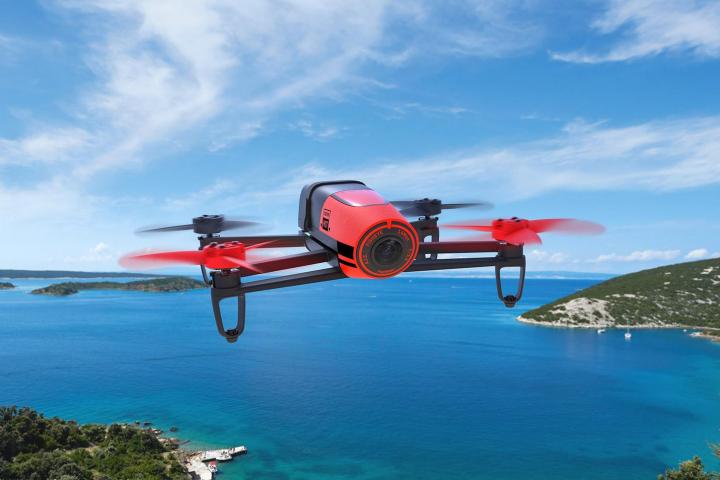
And in the last few months, a number of individuals have decided to make these brave civil servants’ lives harder by flying UAVs over three different forest fires, both delaying the start of firefighting efforts and interfering with firefighters on the job. Now, the state is showing that it means business, offering a $25,000 per fire reward for information related to the airborne nuisances.
Thanks to a unanimous decision made by San Bernardino County supervisors on Tuesday, those responsible for flying the drones could face serious legal action — serious enough to involve some very considerable bounty money in exchange for their identification. Board of Supervisors Chairman James Ramos told the Los Angeles Times, “This type of activity is not going to be tolerated when first responders are trying to put out fires that drastically affect the constituents of San Bernardino County.”
During a recent July 17 fire, there were no fewer than five drones already occupying airspace as firefighters attempted to contain the flames, which ultimately led to a 20-minute delay which permitted the fire to jump the 15 Freeway, and burn dozens of cars. Currently, law enforcement officials are not authorized to fire at drones, but recent legislation has made it possible for first responders to “disable drones that are in the way.” And as Gizmodo points out, there are further efforts in play that would make flying drones during wildfires a federal offense, carrying the possibility of five years in prison.
So sure, your unmanned flying vehicles are fun, but when they result in the “temporary loss of extremely valuable resources in the firefighting efforts,” you might want to think twice before taking to the skies.


